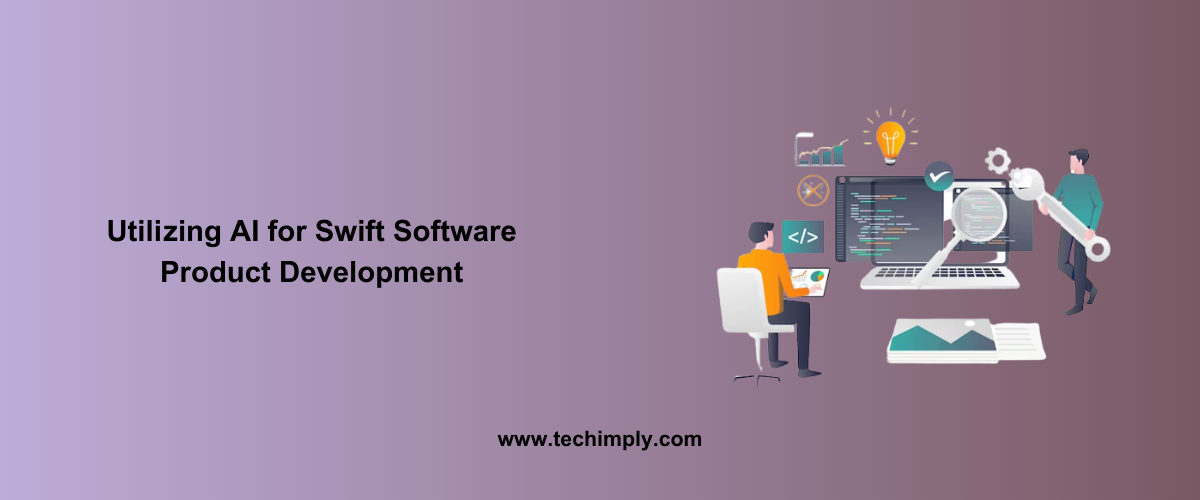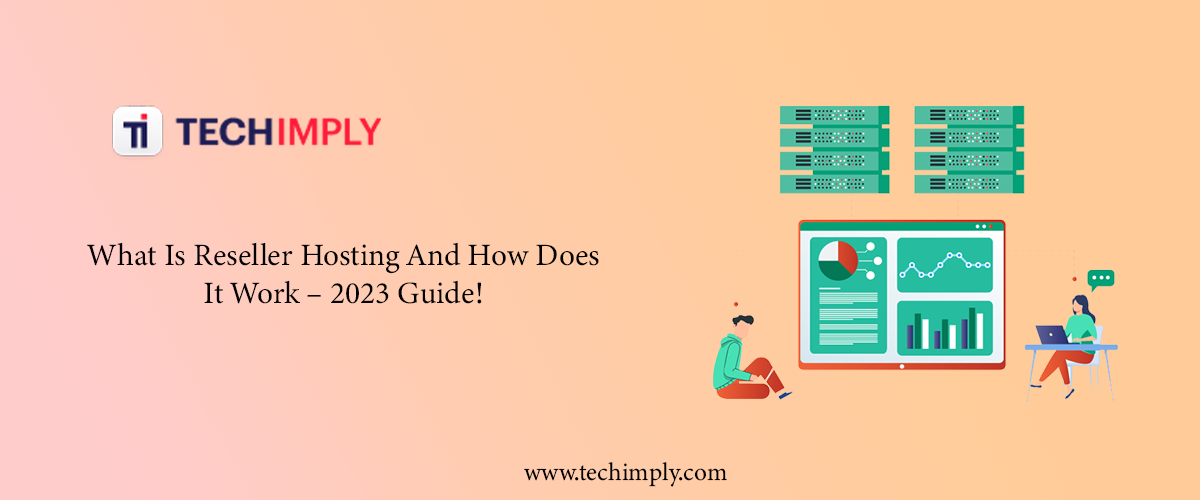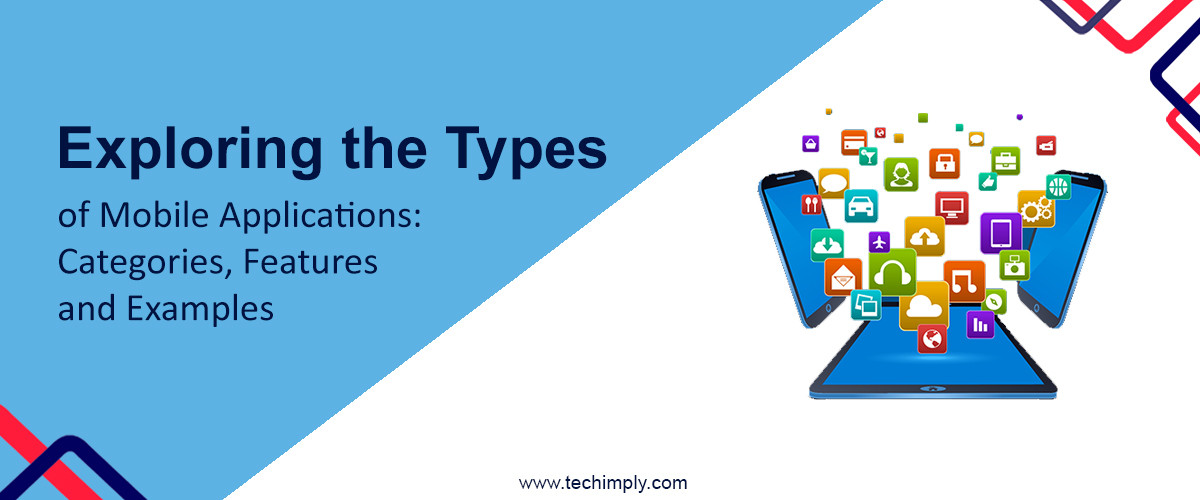Software Product Development has become a critical part of any company’s success. As competition has increased, businesses are striving to meet customer demands. There is a continuous need for innovation in building quality products.
Artificial Intelligence has transformed the tech industry in how we worked. Undoubtedly, AI has assisted in faster design and development of software that takes longer.
AI has a significant part in any industry you see, whether be it automobile, defense, IT, or space. In this article, let’s discuss how advanced technology can change the software industry.
How Big is the Software Development Industry?
The software development industry is growing at an increased pace more than ever. According to estimates, the revenue will reach $146 billion by 2030, with a CAGR of 22.8% from 2022 onwards.
The inclusion of technologies such as Generative AI, chatbots, and automation is boosting the growth of the market. We can say that COVID-19 was a trigger for the global market. Many businesses felt the importance of having a tech-inclusive workplace.
Impact of AI on Software Product Development
Alt Text- Impact of AI on Software Development
Technology has emerged as a game changer, providing a range of development tools that significantly boost the speed of development projects. Let’s discuss some of the points that have helped the software product development process.
Automation of Repetitive Task
- One of the significant advantages we could define is the ability to do time-consuming tasks, which we did earlier. AI can handle daily activities like code generation, detecting bugs, providing reviews, etc.
- Developers can focus more on complex and high-quality tasks. This will result in a productivity increase and a faster time to market.
Requirement Analysis
- Natural Language Processing (NLP) technology assists in gathering and analyzing requirements from sources such as customer feedback, questions, and surveys. The algorithms can pinpoint the patterns and specify the requirements.
- Developers can be able to understand the development approaches, product ideas, and product features, leading to a more user-centric approach.
Using Predictive Analytics
- AI algorithms have the potential to study historical data on previous project timelines, allocation of resources, and errors. By analyzing it, AI can forecast the potential solutions and risks involved in the development environment.
- Project Managers can take necessary measures, and divide resources based on urgency, people required for the project, etc.
Assisting in Code Generation
- Developers with the assistance of AI-powered tools, could generate high-quality codes. These applications can analyze existing product codes, learn from patterns, and create modules.
- This boosts the development process and also helps in maintaining consistency and coding standards. Software developers can focus more on logical reasoning, while AI will handle repetitive tasks.
Detecting and Testing Bug
- Finding bugs in a code is a time-consuming process. Developers have to thoroughly check the errors in the entire code. While AI could speed up the process and save a significant amount of time.
- AI can conduct exploratory tests. This test is a type of testing in which there are no pre-defined taste cases. This testing can assist in finding bugs, which would not be possible in the traditional method.
Challenges Faced While Using AI in Software Product Development
Challenges While Using AI
- No wonder AI has brought significant assistance in software development. Although, it has come with some challenges with it. Let’s discuss what are the challenges companies are facing.
Availability of Quality Data
- Testing and training AI requires a lot of data. The main issue arises due to obtaining relevant and accurate data. AI is often labeled as biased, as sometimes it may provide irrelevant information. Hence, it requires a significant effort, to gather the correct data.
Selecting the Model
- Due to the various models available in the market, selecting the right framework could be a complicated process. Furthermore, optimizing the algorithm for specific requires careful consideration of the parameters and also it is a time-consuming process.
Maintaining Transparency
- AI models, especially deep learning models, have a nickname called “black box”. The reason behind this is because of internal cross-functional working can’t be understood by humans.
- Domains such as finance and healthcare require specific explanations and reasoning. Ensuring proper transparency in sectors like this is a continuous and ongoing process.
Ethics and Biases
- The AI data will include wrongful information if the source is also biased. It becomes necessary for the source to be fact-based to prevent unfair outcomes. Mitigating biases in AI systems must be carefully handled while selecting data and its algorithm.
Constant learning and adaptation
- AI models need regular updates with new data and information to remain relevant. It requires both time and money to sustain the platform. For example, OpenAI spends around $700,000 per day to operate ChatGPT.
What Will be the Future of Software Product Development?
- AI has both positives and negatives of its own. Although it has a bright future, we can see more integration in our daily work lives. Continuous technological progress will create a greater impact on the lifecycle of Software Product Development.
- AI is now widely available, and the chances of data breaches and privacy have also increased. Every Software Development Life Cycle (SDLC) step must contain security-related components.
- The combined efforts will lead to the establishment of a network of data security precautions to safeguard information. Security must be constantly upgraded to the latest standard to outpace cybercriminals and hackers. Having a secure system would protect classified information and prevent the brand’s reputation from being harmed.
- Blockchain Technology is another aspect where there is huge potential including software development. The technology is more secure and transparent than other technologies and has ways to build new business modules and revenue streams.
Conclusion
Just as the Sun is the central star in the solar system, AI will be the driving force in the software development industry. Development teams can create software products more efficiently through automated tasks, using requirement analysis and predictive analysis, and assisting in code generation and bug detection. With AI as a strategic partner, businesses can unlock new potential and deliver products that meet and exceed customer expectations in the new era.






